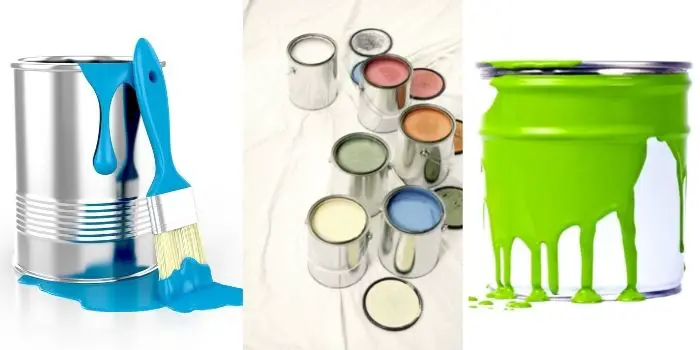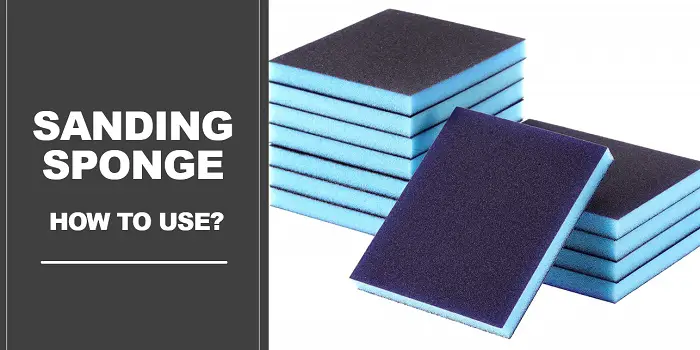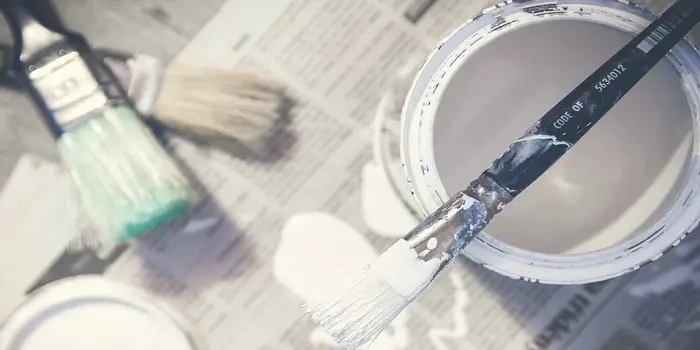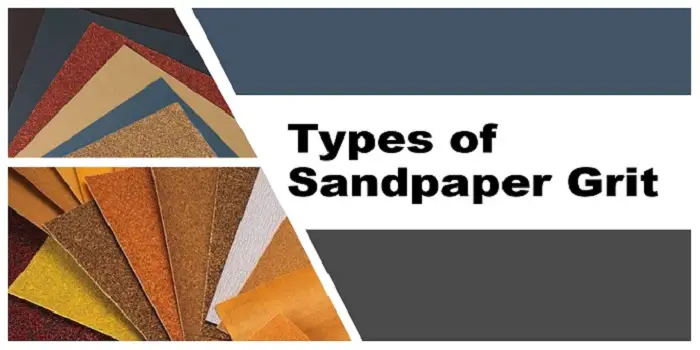
Paint cans to store oil-based products are generally made of steel, a durable and recyclable material. The steel is usually coated with a layer of tin or resin, which helps to prevent rusting and makes the can easier to clean.
The inside of the recyclable tin-coated steel can is also lined with a protective coating, which keeps the paint from coming into contact with the metal. This also helps to prevent the paint from corroding the can and makes it easier to remove the paint when it’s time to clean up.
Other than metals, paint cans are also made of materials such as plastic which is more suitable for water-based and latex paints. Adhesives and various other viscous products such as mastics are also packaged in these types of plastic paint cans.
What's Here in the Article:
Plastic vs. Metal Paint Cans
Plastic paint cans, typically made from recycled polypropylene, offer several advantages over traditional metal cans.
Plastic cans are lightweight, which makes them easier to handle and transport. These are also less prone to rust or corrosion, making them suitable for water-based paints and other moisture-sensitive products. Additionally, these are more environmentally friendly, as they can be recycled and reused more easily than metal cans.
However, plastic paint cans may not be as durable as their metal counterparts and may not provide the same level of protection against punctures or dents.
What Size Containers Does Paint Come in?
One of the most important things to know about paint cans is their standard size and the amount of paint each size can hold. Let’s take a closer look at both of these topics to ensure you’re using the right size paint can for your next project.
- Pint-size paint cans are the smallest size you’ll find on the market. It’s enough to cover approximately 50 square feet and is ideally suited for touch-ups or very small projects.
- One quart can of paint covers approximately 100 square feet. This is the second most popular size perfect for smaller projects like painting a door or trim.
- One-gallon paint cans are the most popular size for home projects. It covers approximately 400 square feet, which is enough for coating a small room like a bathroom. If you’re painting a larger area, like an entire living room or kitchen, you may need to purchase multiple one-gallon paint cans.
- Five-gallon paint cans are typically used for commercial projects or very large areas like a warehouse to cover approximately 2,000 square feet. You likely won’t find this size at your local hardware store and will need to purchase it from a professional paint supplier.
- Ten-gallon paint cans are also used for commercial projects, but not as frequently as five-gallon cans. This covers approximately 4,000 square feet and like the five-gallon size, you likely won’t find this can size at your local hardware store and will need to purchase it from a professional paint supplier.
What is Paint Can Lining? Different Types and Uses
As I mentioned before, paint can linings are a thin layer of material placed between the paint and the metal of the can.
This lining helps to prevent the paint from coming into contact with the metal, which could cause the paint to corrode the can or make it difficult to remove the paint when it’s time to clean up.
There are two main types of paint can linings:
1- Plastic Linings
Plastic linings are the most common type of lining used in paint cans. They’re typically made of high-density polyethylene (HDPE), a strong and durable material.
HDPE is also recyclable, so it’s a good choice if you’re looking for an eco-friendly option.
2- Resin Linings
Resin linings are another type of lining that is used in paint cans. They’re made of a synthetic polymer material, which is strong and durable, like HDPE.
However, resin linings are not recyclable, so they’re not the best choice if you’re looking for an eco-friendly option.
Final Thoughts
No matter what brand or type of paint you choose, it’s important to know the standard paint can sizes so you can purchase the right amount of paint for your project.
One-gallon cans by companies like Sherwin Williams and Benjamin Moore are the most popular size for home projects, followed by quart-size cans and pint-size cans.
For larger projects like commercial or painting an entire house, you may, however, need to purchase multiple five-gallon or ten-gallon cans of paint.
So, keep these standard paint can sizes in mind the next time you’re planning a painting project.
Share the post "What are Paint Cans Made of – What Sizes Do They Come in?"

Douglas Becker (aka Painter Doug) has over twenty years of experience as a painter in Adkins, Texas. At present, he resides in Florida with his family.
From painting multi-storeyed houses, condos, and apartments to large commercial buildings and small offices, he had served various customers in areas not only in Adkins but also in Southwest Florida, Sarasota, Naples, and many more. To know more about him check here.




